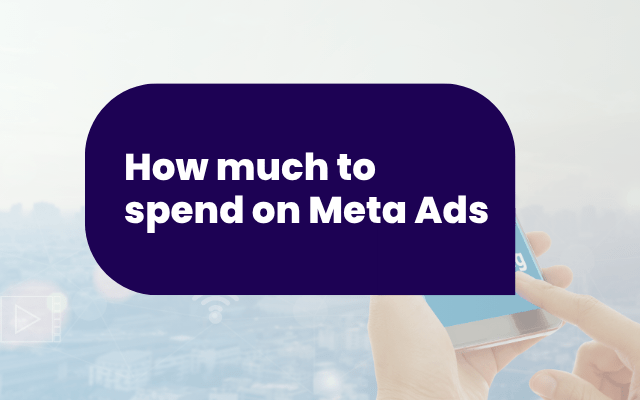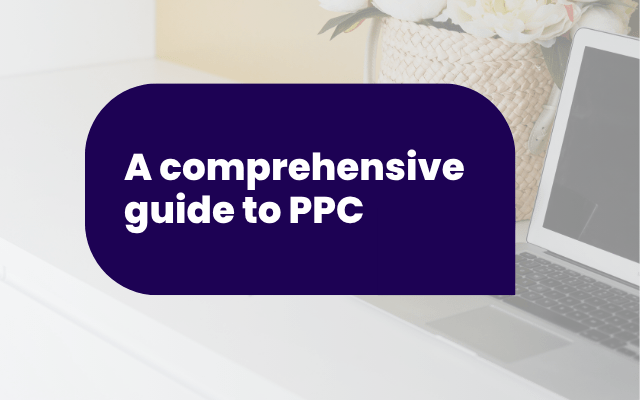TLDR: Google penalties aren’t what they used to be. Gone are the days when you’d get a scary manual penalty message in Search Console. These days, most “penalties” are algorithmic, meaning if your site drops in rankings, it’s usually because Google’s algorithms have decided your SEO practices or content quality aren’t up to scratch. It’s less about punishment and more about losing trust and visibility.
What is a Google penalty?
A Google penalty is when your website’s rankings drop because Google has identified something on your site that doesn’t align with its guidelines. It’s Google’s way of saying, “We don’t like what you’re doing, fix it.”
In simple terms: A penalty = a loss in trust, rankings, and traffic.
Ranking drop vs. penalty
Not every ranking drop means you’ve been “penalised.”
- A ranking drop might happen naturally, for example, if competitors improve their SEO or Google updates its algorithm.
- A penalty happens when Google takes action (manual or algorithmic) due to poor SEO practices, spammy tactics, or low-quality content.
Manual vs. algorithmic penalties overview
In the early days of SEO, manual penalties were common. You’d log into Google Search Console and see a big red flag saying your site had violated Google’s guidelines. But as Kylie Moody, our Senior SEO Account Manager, explained, manual penalties are “almost unheard of now.” She’s been working in SEO for six years and has never seen one firsthand.
Now, most “penalties” are algorithmic, meaning your rankings drop because Google’s algorithm automatically detects something it doesn’t like. It’s not a slap on the wrist; it’s more like Google quietly moving you down the list.
Types of Google penalties
Manual penalties
Issued by human reviewers, manual penalties are rare but still possible in extreme cases. Common triggers include:
- Cloaking (showing different content to users and Google)
- Buying or exchanging spammy backlinks
- Keyword stuffing or hidden text
- Hosting hacked or illegal content
Example: A site using hidden white text like “SEO reporting SEO reporting SEO reporting” just to boost rankings, that’s an old-school move that used to trigger a manual penalty.
Algorithmic penalties
Triggered automatically by Google’s algorithms, such as Panda, Penguin, or the Helpful Content Update. These focus on poor-quality content, unnatural backlinks, or bad user experiences.
Example: If your content is thin, duplicated, or clearly written for search engines rather than people, the algorithm may quietly reduce your visibility.
Common causes of Google penalties
- Keyword stuffing – Overusing the same keyword unnaturally.
- Thin or duplicate content – Pages that offer little value or repeat others.
- Spammy backlinks – Paid links, link farms, or manipulative link building.
- Cloaking or sneaky redirects – Showing different content to users vs. Google.
- Slow page speed & poor UX – Bad for users and signals low quality.
- Hidden text or links – Old-school black hat trick that Google now ignores or penalises.
- Malware or hacked content – Poses risks to users and kills trust.
Warning signs you’ve been hit with a penalty
- Sudden drop in traffic or rankings
- Google Search Console notifications (manual actions)
- Pages being deindexed or disappearing from search results
As Kylie pointed out, with algorithmic penalties, there’s no notification, you’ll just notice performance dipping.
How to check for a Google penalty
Using Google Search Console
- Go to Search Console → Security & Manual Actions → Manual Actions.
- If you see a message, it’s a manual penalty and Google will explain why.
Using analytics
Algorithmic penalties don’t come with a message.
You’ll need to look at your historical data:
- Identify when traffic started dropping.
- Cross-check that timeframe with known Google algorithm updates.
- Look at which pages and keywords were affected.
Helpful tools
- ASK BOSCO® – Brings all your data (Search Console, GA4, keyword rankings) into one dashboard.
- Ahrefs, SEMrush, or Sistrix – Help spot visibility losses and link issues.
How to avoid Google penalties
- Follow Google Search Essentials (Webmaster Guidelines)
- Prioritise high-quality, user-first content - Helpful, trustworthy, and original.
- Build backlinks naturally - Focus on relevance and authority, not volume.
- Maintain technical SEO hygiene - Keep pages fast, mobile-friendly, and secure.
- Regular audits and monitoring - Tools like ASK BOSCO® help you catch red flags early.
How to recover from a Google penalty
Manual penalty recovery
- Identify the issue in Google Search Console.
- Fix the problem (e.g. remove bad links, rewrite spammy content).
- Submit a reconsideration request to Google.
- Wait for review and confirmation that the penalty is lifted.
Algorithmic recovery
- Identify which pages or factors triggered the drop.
- Improve your content quality, user experience, or technical SEO.
- Wait for Google to re-crawl and re-index your site.
Recovery isn’t instant, but consistent improvement pays off.
Manual penalties are rare, but algorithmic ones are everywhere
As Kylie pointed out, true manual penalties are “a thing of the past.” You’re far more likely to be algorithmically penalised for poor SEO or thin content, and Google won’t tell you. You’ll need to dig into your data, compare trends, and spot where performance dipped.
In short: Today, penalties are less about being “punished” and more about being filtered out by smarter algorithms.
Conclusion: Monitor SEO performance with ASK BOSCO®
Google penalties may look different today, but the impact is the same, less visibility, less traffic, and fewer conversions.
The best way to protect your site?
- Follow best practices
- Produce genuinely useful content
- Keep a close eye on your metrics
With ASK BOSCO®, you can see all your key SEO data in one place, Search Console performance, GA4 sessions, keyword rankings, and revenue, making it easier to spot issues before they snowball into full-blown algorithmic penalties.




